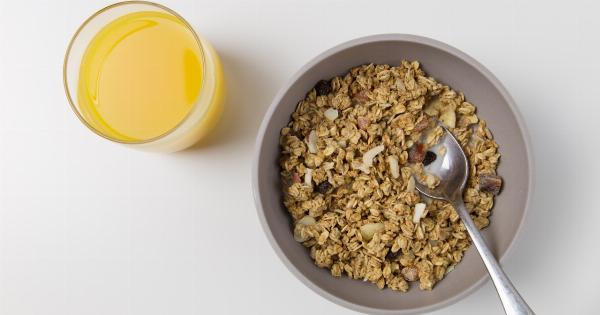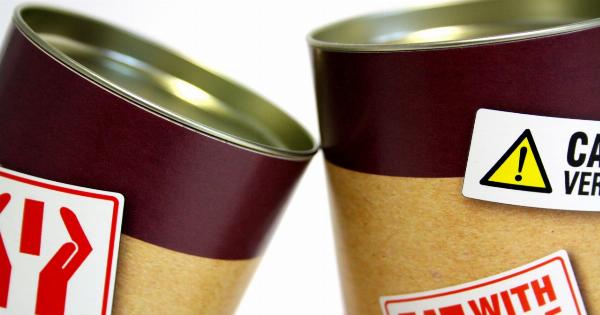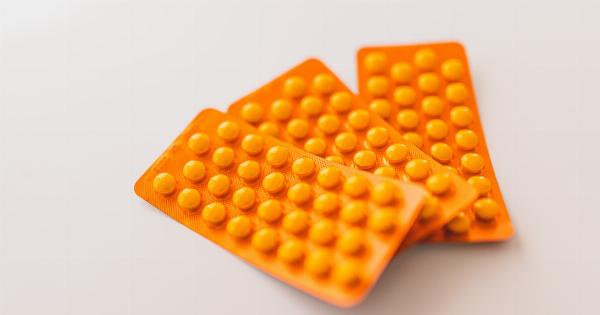Fiber is an essential part of our daily diet and is well-known for its numerous health benefits. It aids digestion, regulates blood sugar levels, promotes weight loss, and supports a healthy heart.
However, there may be certain situations where removing fiber from your diet becomes necessary. In this article, we will explore when you should consider removing fiber and why it might be beneficial.
What is Fiber?
Fiber is a type of carbohydrate that our body cannot digest or absorb. It is found in plant-based foods such as fruits, vegetables, whole grains, legumes, nuts, and seeds. There are two main types of fiber – soluble fiber and insoluble fiber.
Soluble Fiber
Soluble fiber dissolves in water and forms a gel-like substance in the digestive tract. It can help lower cholesterol levels and control blood sugar by slowing down digestion.
Good sources of soluble fiber include oats, barley, beans, lentils, apples, and citrus fruits.
Insoluble Fiber
Insoluble fiber does not dissolve in water and adds bulk to the stool, aiding regular bowel movements and preventing constipation. It also helps keep the digestive system healthy and can be found in foods like whole wheat, bran, nuts, and vegetables.
The Benefits of Fiber
Fiber offers several health benefits that should not be ignored:.
1. Improved Digestion
Fiber promotes regular bowel movements, prevents constipation, and keeps the digestive system functioning smoothly. It adds bulk to the stool, making it easier to pass through the intestines.
2. Weight Management
Foods high in fiber are often low in calories and provide a feeling of fullness, reducing overall calorie intake. This can aid weight loss or help maintain a healthy weight.
3. Blood Sugar Control
When consumed with carbohydrates, fiber slows down the digestion process, preventing rapid spikes in blood sugar levels. This can be beneficial for individuals with diabetes or those at risk of developing it.
4. Reduced Risk of Heart Disease
Studies have shown that a high-fiber diet can help reduce the risk of heart disease. Soluble fiber binds with cholesterol in the body, preventing its absorption and reducing levels in the bloodstream.
5. Lowered Cholesterol Levels
Consuming soluble fiber can help lower LDL cholesterol levels (“bad” cholesterol), reducing the risk of developing heart disease or stroke.
Situations When Fiber Removal May Be Necessary
While fiber is generally beneficial, there are certain circumstances where removing or reducing fiber intake may be necessary:.
1. Gastrointestinal Issues
Individuals with certain gastrointestinal disorders, such as inflammatory bowel disease (IBD), irritable bowel syndrome (IBS), or gastrointestinal obstructions, may need to limit or temporarily remove fiber from their diet.
High-fiber food can worsen symptoms like diarrhea, bloating, and abdominal pain.
2. Post-Surgery Recovery
After certain types of surgeries, especially those involving the digestive system, a low-fiber diet may be recommended during the recovery period. This gives the digestive system time to heal without putting additional strain on it.
3. Diverticulitis
Diverticulitis is a condition where small pouches in the colon become inflamed or infected.
Initially, a high-fiber diet is often recommended to prevent diverticulitis, but during an acute episode, a low-fiber or liquid diet may be necessary until symptoms improve.
4. Preparation for Medical Tests
Prior to certain medical tests, such as a colonoscopy, a low-fiber diet may be advised to ensure clear visualization of the colon. This requires the temporary removal of high-fiber foods from the diet.
5. Allergies or Intolerances
Some individuals may have specific allergies or intolerances to certain types of fiber, such as gluten or FODMAPs (fermentable oligosaccharides, disaccharides, monosaccharides, and polyols).
In such cases, removing or reducing fiber intake becomes necessary.
Proceeding with Fiber Removal
If you have determined that removing fiber from your diet is necessary in your particular situation, it is important to do so under the guidance of a healthcare professional or a registered dietitian.
They can provide appropriate dietary recommendations and ensure you are still obtaining essential nutrients.
It is crucial to remember that fiber is an essential part of a healthy diet for the majority of individuals. Therefore, the decision to remove or reduce fiber intake should only be made when there is a valid medical reason to do so.
Conclusion
Fiber plays a crucial role in maintaining overall good health and should generally be included in a balanced diet. Its impact on digestion, blood sugar control, weight management, and heart health cannot be overlooked.
However, there are specific circumstances where removing or reducing fiber intake may be necessary for medical reasons. If you find yourself requiring such changes, always consult with a healthcare professional to ensure you are making the right choices for your health.






























